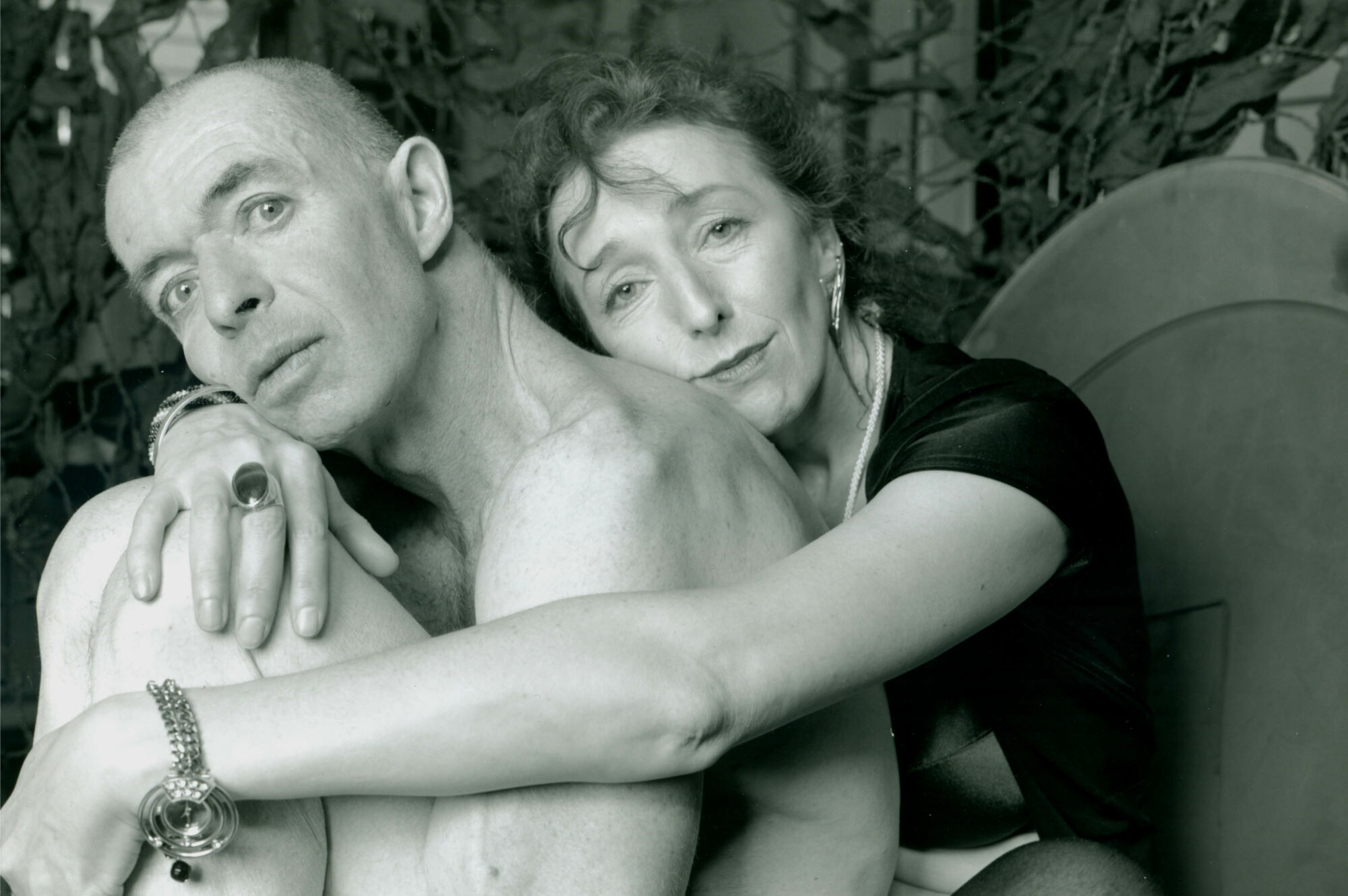I have had an intense relationship with elderly people my entire life. Now at 74, and having suffered a stroke, I am unequivocally one of them myself. I was born in wartime 1943, when elderly people and women dominated the social space. After my father belatedly returned in 1948, our family was not a happy one. I compensated for this by maintaining and extending my network of highly educated elderly widows and spinsters. I was taught far more by them than by the school system. I can recall all their names even now and see them clearly in my mind’s eye.
The date on my darkroom sink is 1974. It is still in full operation. The six pictures on display for this exhibition are selected for the purpose of matching them to the exhibition thesis from a massive photographic archive called Excavations on which I laboured for ten years. I have never focused on elderly people as subjects for my cameras, but when they came my way I treated them with the same probing regard as everyone else. I see and view aging as a process of subtraction. One by one abilities and capabilities are taken away, but paradoxically I am consoled by an expanded scope of emotional awareness.
Born in 1943, Steeves has practised chemical photography since boyhood, but it wasn’t until completing university that he had the time or means to pursue it intensively. The date on his darkroom sink (Halifax) is 1974 and it is still in full production. Steeves was employed for 39 years as a research engineer at a number of laboratories. This provided the reliable economic engine necessary for completely independent photo work. For three decades Steeves worked about 70 hours a week at his job and on his art in equal measure. The burden on his personal life has been considerable.
Steeves has produced about 40,000 negatives and 4,000 exhibition prints. His exhibitions have been mounted principally in Quebec and northern Europe. Several public collections have acquired his work.
Steeves’ primary subject matter has been the nude. He sardonically refers to himself as a “body mechanic.” His major works have blended nudity with extended portraiture. Years, sometimes decades, have been spent photographing a small number of fearless female collaborators. Sometimes the images have been supplemented by biographical texts. The objective for Steeves always has been absolute and complete exposure.
From the Artist
Audio Transcript
My name is George Steeves and I was born in 1943 with a talent for seeing. Looking, however, is simple recognition of what’s out there. Over the past forty-four years I have devoted much of my life’s energy to the service of chemical photography.
Photography is a lens based art that creates a kind of map of observable reality. It transforms the three dimensional space we live in into two dimensional black and white replicas on silvered sheets of paper. Most sighted people merely “look,” but don’t see. They view the photograph either as a mirror or a window, and not as the alternate reality it really is.
There are six photographs on this wall. I will try to put into words what can be seen in two of them.
First: Self-Portrait in Mirror
A figure apparently that of a woman sits on a chair in a corner of a room in which two walls have been completely shrouded in black fabric. She is holding a large mirror, a jagged section has been broken off. Christmas lights dangle in the background. The mirror rests on her ample thighs which are encased in glittery spandex pantyhose and her small hands steady the mirror by the edges. Her fingers wrap around to form part of the mirror’s image that reflects the unshrouded other half of the room. In the mirror I am standing naked and her right hand seems to grasp my right arm. I am pictured pulling my genitals up hard against my abdomen so as to appear sexless.
Those are the basics of the image content. However another layer of perception is at work. The camera does not appear in the mirror whereas I don’t appear except in the mirror. This is not at first glance very strange, but on second thought is confusing. The eye has been deceived by an optical illusion. The illusory image of an apparently castrated male figure in the mirror is more open to fanciful interpretations than the same figure would ever be directly viewed. A mirror image of another person always has a voyeuristic implication. You, dear viewer, should not have seen this.
Two: Nude in West Street Kitchen
This is a simple declarative image with complex emotional overtones. A venerable heavy-set woman named Marguerite MacNeil faces the camera in a bold full-frontal stance. She exudes self-assurance, love of life, and fearlessness. She revels in the theatricality of her nakedness. She laughs broadly, her mouth is wide open, and her eyes partially closed by mirth. The sunlight streams through the kitchen window behind her. She gives the impression that she might just be alone looking at herself in a mirror, laughing at herself. Conversely she could be in the act of seduction, encouraging the viewer to partake of her sexual favours. Or maybe it’s simpler that. On a hot high summer day she just felt like prancing around the kitchen nude. She is after all a former woman of the theatre.
Later, when the picture making is done with, Marguerite puts on a skimpy wrapper and we sit at the kitchen table drinking over proof rum out of dainty teacups and smoking cigarettes. The conversation goes on seamlessly and amicably for quite some considerable time. Driving home I wonder, “What’s on those films?” Quite a lot it turns out; quite a lot to think about over the years to come.
Good day and goodbye.



(George Steeves, Sublime Camouflage, 2006. Selenium-toned silver gelatin on fibre-based paper, 40.5 x 50.5 cm)








